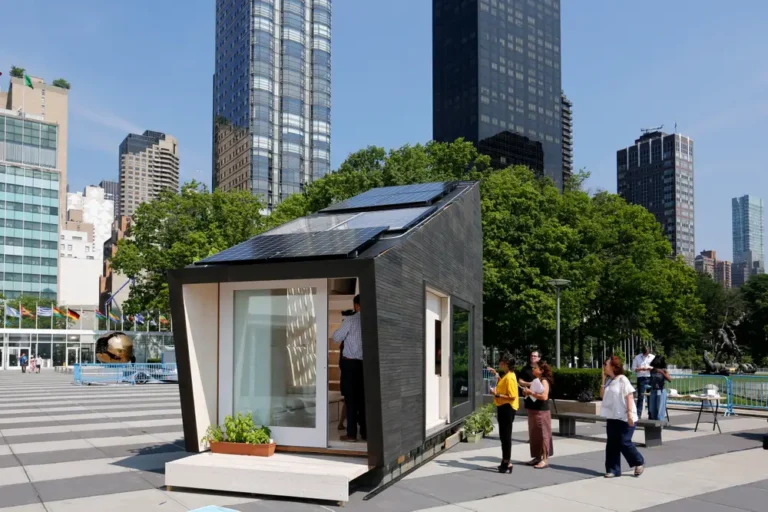Dream home or paving paradise? Open space agency moves to force property sale to preserve Coyote Valley

How big of a house is too big in a beloved area surrounded by open space?
Over the past 40 years, Coyote Valley, a sweeping expanse of farmland and scenic open space between San Jose and Morgan Hill, has been at the center of massive development battles with some of Silicon Valley’s most illustrious companies. And now it’s preparing for another battle — albeit on a much smaller scale.
The new conflict, over a stately family compound proposed for a 4.6-acre lot surrounded by farm fields and open space preserves, highlights a long-running debate in California about how to balance wildlife and land preservation with housing and private property rights concerns.
In the 1980s and 1990s, environmental groups fought plans by Apple and Cisco to build corporate headquarters in Coyote Valley. Proposals for massive warehouses and distribution centers have come and gone. However, the latest standoff may be one of the few times the county chooses to use eminent domain to force the sale of private property in order to preserve open space.
Edgar Andrade, a 33-year-old Morgan Hill resident, purchased five acres of undeveloped land in the protected valley two years ago. He and his wife, Suleyma, applied to Santa Clara County for permission to build a two-story, 8,465-square-foot house at the intersection of Santa Teresa Boulevard and Richmond Avenue. Orchards, row crops, and cattle grazing pastures dominate the surrounding landscape.
Andrade, who owns a successful heating and air conditioning company, grew up in an East San Jose apartment. He stated that he wishes to construct a country home for his two daughters, ages 7 and 8, as well as his 9-month-old baby son.
“I wanted them to feel like they had the vastness of a big yard,” he told me. “When I grew up we didn’t even have a yard.”
However, the Santa Clara Valley Open Space Authority, a government agency based in San Jose, claims that the property is not just any ordinary piece of land. They claim that the massive proposed house, which is roughly four times the size of a typical suburban home, would ruin the character of the neighborhood.
“Nobody would allow a two-story mansion to be built in the middle of Golden Gate Park,” said Andrea Mackenzie, general manager of the authority.
The project entails constructing a 3,100-square-foot garage, a 2,100-square-foot secondary home, three water tanks, and a 12-foot wide driveway on prime farmland.
Over the last decade, the open space agency has invested $120 million, along with the state, the city of San Jose, Santa Clara County, and private land trusts, to protect more than 1,500 acres of land surrounding the property. Their goal is to preserve farming, create wildlife corridors between the Diablo Range and the Santa Cruz Mountains, and preserve an undeveloped valley in the Bay Area’s most populous county where floodwaters can be spread out to soak into the ground, lowering the risk of flooding in San Jose and other nearby communities.
“This enormous compound is an ill-placed development proposal that puts public investment at risk,” Mackenzie said in a statement. “And it is wholly incompatible with public sentiment and conservation values that have come to the fore here.”
For the past 19 months, the agency has attempted to purchase the property. Andrade has refused to sell his property. He paid $800,000 for it, and the agency is willing to pay $900,000 plus $50,000 for his expenses. He says he doesn’t want to sell, but he told the Bay Area News Group on Thursday that he might be willing to build two much smaller houses there.
The open space agency’s board voted 7-0 in September to initiate an eminent domain proceeding to take the land from the Andrades and have a court determine the fair market value it should pay them.
It is the first time in the open space agency’s 30-year history that it has used eminent domain, a practice commonly used in highway and flood control projects that is funded by a $24 annual parcel tax approved by voters. The government can take private property against the owner’s wishes under state and federal law, but it must pay the fair market value as determined by a court.
The Andrades have filed an appeal with the Santa Clara County Board of Supervisors, which will hear the case on Tuesday.
Andrade claims his property accounts for less than 1% of the surrounding 1,500 acres of farmland and open space.
“I’m not a programmer.” “I’m not going to construct a plaza or a hotel,” he stated. “All I want is a place to live.” What difference does it make if I build a house here for my family? There are golf courses close by. Custom homes can be found nearby. “What they’re doing is unjust.”
The fact that Santa Clara County supervisors voted two years ago to implement new zoning rules for Coyote Valley that require new buildings constructed on any property larger than 5 acres to support a farming operation, such as farmworker housing, a barn, or a farmer’s home, complicates matters.
A few months later, Andrade donated half an acre of his land to the county roads department. This reduced its size to 4.6 acres, allowing him to avoid zoning restrictions.
There is some precedent for using eminent domain to preserve land.
Santa Clara County acquired 458 acres for Sanborn-Skyline Park through eminent domain in 1972. Over the last two decades, the East Bay Regional Park District has used eminent domain to expand Point Pinole, Brushy Peak, and McLaughlin Eastshore parks.
National parks such as Redwood, Great Smoky Mountains, and Shenandoah were established in part with land acquired through eminent domain by the government.
However, it is still uncommon for local parks and open space districts to use it, according to Daniel Press, dean of Santa Clara University’s College of Arts and Sciences and a professor of environmental studies.
“It’s not the way they usually like to do things,” he told me. “They don’t like drama.” To maintain goodwill, they use voluntary sellers.”
In 1998, the Midpeninsula Regional Open Space District generated a major controversy when it threatened to use eminent domain to purchase the property of a convent of Russian Orthodox nuns along Skyline Boulevard in San Mateo County after the group had proposed to build 18,000 square feet of new buildings and parking lots. The district compromised with the convent on a smaller plan and bought the property two years later when the convent put it up for sale.
Environmentalists support the use of eminent domain on the Coyote Valley property.
“As we face the imminent and growing need to address climate change impacts, the last thing we should be doing is paving over our open space, particularly in the middle of a critical wildlife corridor and prime farmland area like Coyote Valley,” said Alice Kaufman, policy and advocacy director for Green Foothills, a Palo Alto Group.
Santa Clara County Counsel Tony LoPresti recommended to the board of supervisors on Thursday that Andrade’s appeal be denied.
“I like what they’re doing to preserve land,” said Andrade of the open space agency. “But I disagree with how they are using their powers.”






